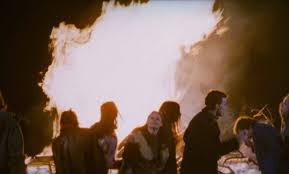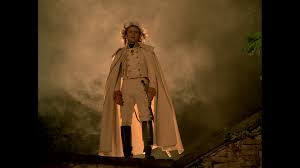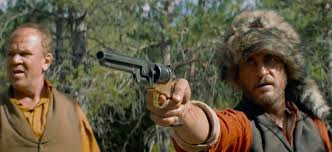 |
| Pagan rites in L'eau Froide |
Olivier Assayas' L'eau Froide, from 1994, is a bracing look at the sociopathic descent of two French teenagers. Set in the early 70s, Assayas eschews any grapplings with the political struggles of that era. Instead, Assayas focuses on how his two young lovers fail to connect with any institutional support mechanisms: be they educational, medical, correctional or familial. The totems of their subculture, joints and rock albums, are passed from youth to youth in a gesture of bonding, but the two lovers fail to connect with anyone else or, ultimately, each other.
Assayas certainly captures the schizoid zeitgeist of the 70s. European high culture, represented here by Caravaggio and Rousseau, is rejected by the young as moribund. They are more interested in getting good reception on their radios so they can listen to "Virginia Plain". The party and bonfire at an abandoned chateau, which dominates the second half of the film, is a pagan rite for a generation disconnected to the rituals and romances of their forebears. Those forebears are portrayed dispassionately, but fairly. Assayas has no generational axe to grind. The elders may be clueless and self-preoccupied, but so are their offspring.
L'eau Froide is a very strong film, but not a flawless one. Assayas sometimes seems to be unable to decide if he is shooting an art film or cinema verite. His lovers are mismatched. Virginie Ledoyen was already one of the best young actresses of her time and delivers a breathtaking performance. Cyprien Fouquet was making his cinematic debut and is not up to the challenge. His lack of roles after this film is telling. Since the male protagonist is barely out of boyhood and is unformed, this is not fatal to the film. Assayas' career has had many highlights and L'eau Froide is one of them.




















